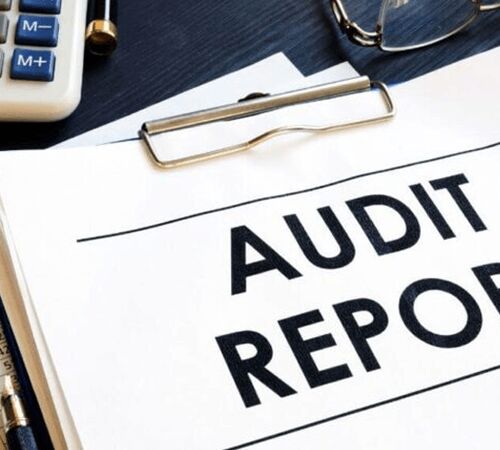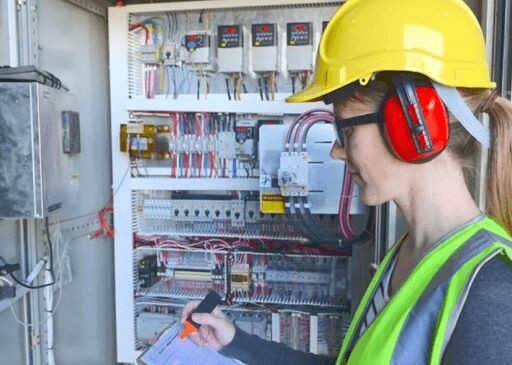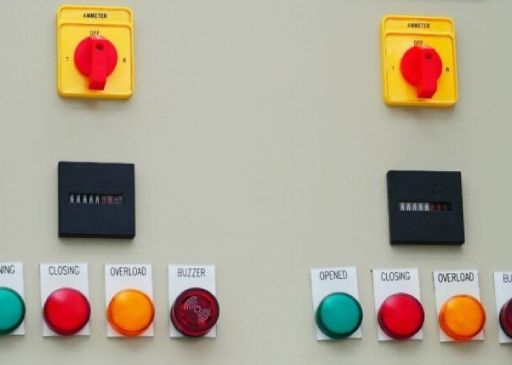Baner, Pune, Maharashtra
- GST NO. : 27AAPCS5761E1ZZ
Other Services
Leading of Comprehensive Energy Audit Service, Electrical Systems E- Learning & Training Program, Harmonic Analysis Service, Power Factor Correction Service and Power System Stability Service from Pune.
Preferred Buyer From
| Location | Anywhere in India |
The Comprehensive Energy Audit Service is the most effective way to determine the full scope of issues affecting the energy performance and efficiency of your home. This audit is a thorough examination of your entire home, focusing on all potential sources of energy loss. The Comprehensive Energy Audit examines doors, windows, walls, roof, insulation, heating and cooling equipment, and so on. The Blower Door and Duct tests are included in this evaluation. To assist in determining problem areas, a thermographic camera will be used as needed. A comprehensive report is provided, detailing our findings and making recommendations for improvement.
A building energy audit is a systematic procedure that aims to evaluate the building’s current energy consumption, identify potential energy savings, and report the findings. In the building sector, it is an important tool for energy conservation and for implementing energy efficiency measures as well as extending the life of electromechanical equipment. The importance of a well-structured and organized energy audit methodology as the most important tool for the energy certificate of buildings is highlighted in this paper, as part of the implementation of the Energy Performance of Buildings Directive (EPBD).
The importance of a well-organized questionnaire for the energy profile of the building is discussed, as well as the context of such a questionnaire and the row data that must be collected. The significance of undisturbed measurements such as thermal and optical comfort measurements, electrical consumption measurements, gas emissions readings, and IR thermography is highlighted. Furthermore, some specific examples are provided to highlight the importance of in situ measurements, with a focus on the thermographic method.
Preferred Buyer From
| Location | Anywhere in India |
SASPPL offers various E learning courses for its client teams to help them enhance their technical konwledge & perfromance. These Industry ready modules are designed on topics like Electrical Safety, VFD’s, UPS systems, Earthing Systems by various Subject Matter Experts and are in line with IS standards & Central Electricity Authority guidelines. This is a could based service and is provided on license basis for fixed time duration for the teams. With a technical focus they are deisgned to suit your requirements & also have features for the Managnement to monitor usage & evaluate the knowledge of their resources.
Preferred Buyer From
| Location | Anywhere in India |
We, SAS POWERTECH PVT LTD recognized for providing harmonic analysis services. Our strength lies in our expertise in analyzing the data from the power analyzer which helps in the outcome of the root cause of the problem and also our powerful analyzer which helps to detect harmonics. Not alone harmonic transient, distortion and other glitches are also easily apprehended by our power analyzer. We are one of the most reputed companies which have effectively find out harmonic related difficulties and given remedial solution to the client across various industries, IT offices, Buildings, Hospitals, Power Plant, Steel etc. The Energy Audit offered is performed by our team of our BEE Certified Energy Auditor, which holds wide knowledge in this domain.
Preferred Buyer From
| Location | Anywhere in India |
Minimizing energy costs has become increasingly important in an era when lean manufacturing has become the industry motto. However, it is not only a matter of controlling consumption but also of how the utility bills that consumption. Here’s where the power factor comes into play. In an electrical system, the power factor is the ratio of real power to apparent power. The greater the current draw, the lower the power factor. To minimize power dissipation, a higher current necessitates thicker wires and a more robust infrastructure. Since this raises utility costs, facilities with low power factors are charged a higher rate.
Power factor Correction Services measures the efficiency of an electrical system. Displacement power factor and total harmonic distortion are the two terms used to describe True power factor correction services. It is frequently boiled down to displacement power factor, but this only applies to a subset of linear loads. But since driveshaft and varying frequency drives are nonlinear loads, the rationalization no longer applies.
Energy must be supplied to a machine in order for it to perform work. In the electric motors, further electricity is required to be supplied than does seem as valuable work at the motor shaft. A certain amount of electricity is required just to maintain the necessary magnetic field, but no useful work is produced. This factor is called reactive (or magnetizing) power. Utility companies will provide a limited amount of reactive power free of charge, but customers with high reactive power loads will be charged an additional fee for the reactive component.
Power Factor (PF) is the ratio of active or usable power measured in kilowatts (KW) to total power (active and reactive) measured in kilovolt amperes (KVA).
The value of the power factor can theoretically range between 0/ percent and 100 percent, with a value of 100 percent delivering all of the power as active power. A value of 0% indicates that all power is supplied as reactive power; no motors would turn and no useful work could be done. Electric utility companies are responsible for meeting the entire KVA (total power) demand. A high power factor is important because a customer only gets useful work from the KW (usable) portion.
Electrical equipment such as transformers, electric motors, welding units, server banks, lighting systems, and static converters add to the load on generators, transmission lines, transformers, switchgear, and cables. Reactive power can also result in significant energy loss due to heat dissipation.
Power Factor Correction is done for increasing an electrical system’s efficiency in order to deliver as much power as possible as active power. Power factor correction provides significant cost savings and environmental benefits by improving energy efficiency and lowering electricity consumption throughout your power system.
Preferred Buyer From
| Location | Anywhere in India |
A power system is made up of synchronous machines that work in unison. In order to ensure the continuity of the power system, they must maintain perfect synchronism under all steady-state conditions. When a disturbance occurs in the system, the system generates a force that causes it to return to normal or stable operation.
The power system is the most important component of power transmission, and it is subject to numerous disturbances. When this system is disrupted, it must be able to return to its original state, and this ability is referred to as the power system’s stability. System disturbances can be of various types, such as sudden changes in load, a sudden short circuit between line and ground, a line-to-line fault, all three line faults, switching, and so on. If the electric power system is unable to return to its previous state, it will cause a slew of power issues. Instabilities are caused by a lack of synchronization. The system integrity can be preserved when the entire power system remains intact with no tripping, except for those that are tripped to protect the power system due to the faulted elements.
In power plants, several synchronous generators are connected to a bus that has the same frequency and phase sequence as the generators. Therefore, for a stable operation, the generators must be synchronized with the bus during generation and transmission. As a result, power system stability is also known as synchronous stability, and it is defined as the system’s ability to return to synchronism after experiencing a disturbance such as switching on and off of load or line transience.
Another factor that must be considered in order to fully comprehend stability is the system’s stability limit. The stability limit specifies the maximum power that can flow through a specific part of the system that is subject to line disturbances or faulty power flow. We’ve covered the terminology associated with power system stability, so let’s look at the different types of stability.






